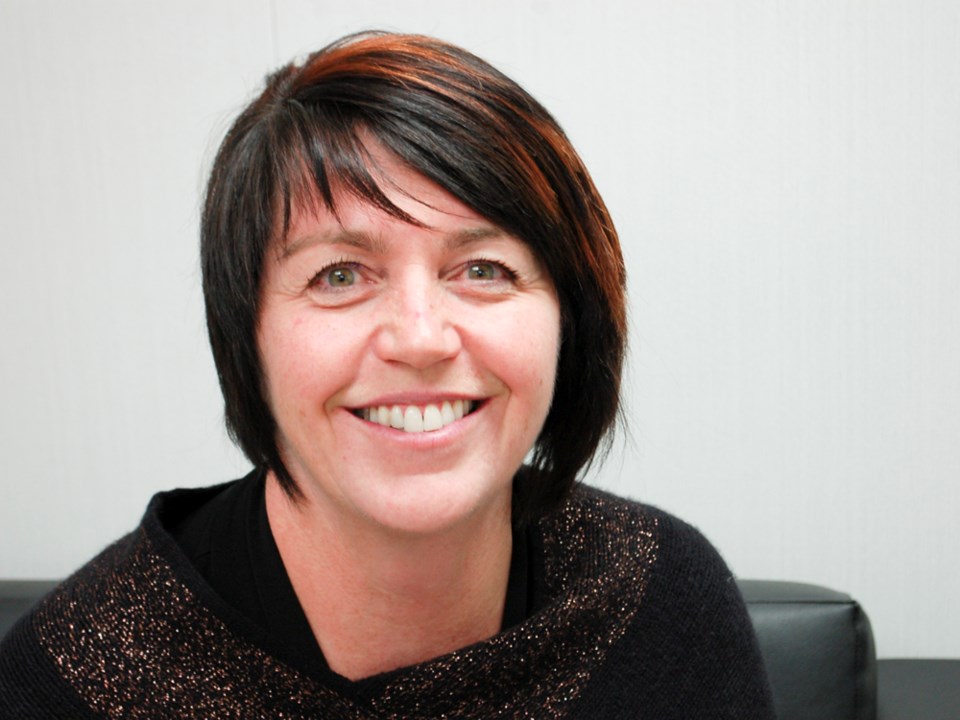The two school divisions in southeast Saskatchewan are working together in an effort to provide as much consistency as possible in the development of their respective school-year calendars.
Dealing with the natural complexities of providing a common calendar that requires them to provide a minimum of 950 hours of face-to-face in-class instruction and a law invoked in 2011 that has since been relaxed, that prevents them from starting an academic year before Labour Day, the South East Cornerstone Public School Division and Holy Family Roman Catholic Separate School Division are hammering out details to provide a common format that can be applied when designing future school calendars.
The calendars will be subject to the usual variances that come with the observation of mandated breaks, which may occur at slightly different times each year, but will still offer the 9,500 students and their families a traditional February break, said Cornerstone’s director of education, Lynn Little.
“We begin consultations each fall with the school community councils, principals and teacher representatives as well as union and other leadership teams,” said Little. Using information from those meetings, a calendar construction committee will come up with two or three options that are then sent back to the teachers, support staff and SCCs to vote on. They then bring a recommendation for a school calendar to the board of trustees, usually in the early part of the year. This year that process for the 2015-16 school calendar will be delayed until the March board meeting.
“The February break is not legislated, but it has become a tradition in Saskatchewan and we’ve been able to include it,” said Little, commenting on the template that is being formed between the two divisions.
It certainly helped that in some years, when Labour Day falls as late as Sept. 5, 6 or 7, there will be legislated exceptions to the rule that forbids school starts before that day.
The discussions always include such things as extracurricular events, student transportation, all holidays and breaks and the length of the school day and professional development days.
The discussions held this past fall gave the committee a strong indication that the two divisions wanted to develop a calendar model to provide the same number of instructional and non-instructional days, while providing room for a February and spring break.
To accommodate all these wishes, while still offering the mandated 950 hours, it was determined that the school day would increase from the current 300 minutes to 310 minutes. That means a school that starts classes at 9 a.m. and ends at 3:30 p.m. could accommodate the required number of recess minutes each day by reducing the noon hour to 45 minutes. This also means students who arrive by bus will not be required to get on them any earlier and will not return home any later than what they are now experiencing.
If the new template works sufficiently, it will be incorporated and then “flexed” in future years to accommodate the changes in Labour Day, Easter holiday and the days immediately prior to and after Christmas.
“What we’re developing now regardless of when Labour Day falls, we can always include a reasonable Easter and February break,” said Little, who added the committee will probably present the board with two options.
“The staff members are voting this week on what option they prefer and the results of that vote will be brought to the board in mid-March for their decision on the 2015-16 school year,” she said.
The format will then be monitored carefully and any flaws will be ironed out to allow the calendar committee to bring an agreed-on common schedule to the table on a yearly basis, taking into account the required “flex” days that crop up in each calendar year.




